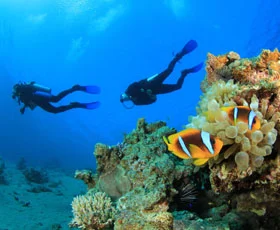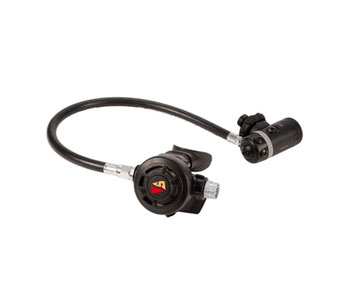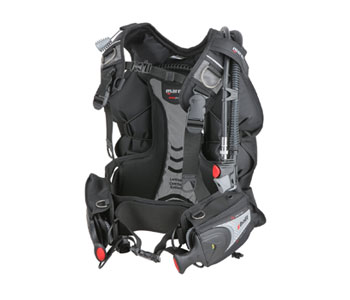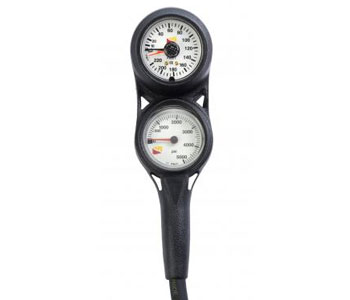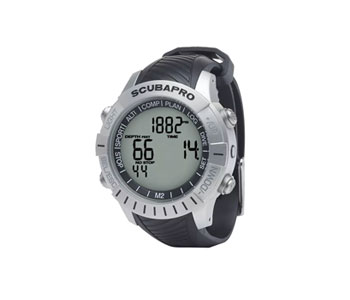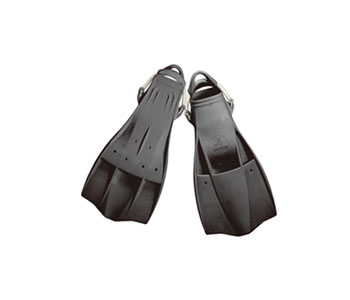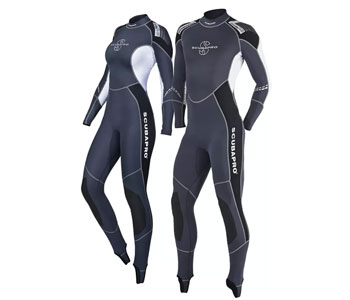- Scuba Diving Trips
Get the Best Deals for Scuba Diving in Goa, which is a division of BestGoaDeals.com We offer leisure diving and diving courses with professional instructors handling each individual as your safety is our first priority.
- About Scuba Diving
Get the Best Deals for Scuba Diving in Goa, which is a division of BestGoaDeals.com We offer leisure diving and diving courses with professional instructors handling each individual as your safety is our first priority.
- Goa Packages
Get the Best Deals for Scuba Diving in Goa, which is a division of BestGoaDeals.com We offer leisure diving and diving courses with professional instructors handling each individual as your safety is our first priority
- FAQS
- Contact Us
Scuba Diving Trips
- Discover Scuba Diving Goa
- Scuba Diver Certification
- Snorkelling in Goa
- Sea Walking
- Scuba Diving Courses
- Grande Island Trips
- Shore Diving
About Scuba Diving
- Scuba Diving in Goa
- Scuba Diving Sites in Goa
- Underwater Photography in Goa
- Scuba Diving Equipment
- Safety First
- Scuba Diving for Women
- Things to Know before you Dive
- Scuba Diving Terminology & Signs
Goa Packages
- Discover Scuba Diving Package
- Dive Certification Courses Package
- Water Sports Activities in Goa
- Holiday Packages for Goa

